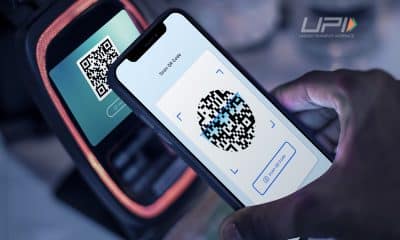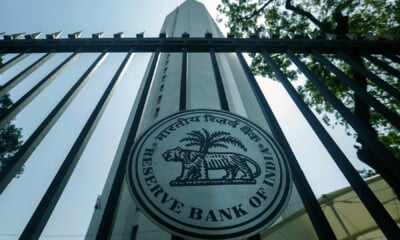Business
RBI raises daily IMPS transaction limit to Rs 5 lakh
The Reserve Bank of India(RBI) has increased the daily limit on Immediate Payment Service (IMPS) transaction to ₹5 lakh from the earlier limit of ₹2 lakh for the ease of consumers.
“In view of the importance of the IMPS system and for enhanced consumer convenience, it is proposed to increase the per transaction limit from Rs 2 lakh to Rs 5 lakh,” RBI Governor Shaktikanta Das said while announcing measures after the bi-monetary monetary policy review.
This will lead to further increase in digital payments and will provide an additional facility to customers for making digital payments beyond Rs 2 lakh, he added.
Managed by the National Payments Corporation of India (NPCI), IMPS is an important payment system providing 24×7 instant domestic funds transfer facility and is accessible through various channels like internet banking, mobile banking apps, bank branches, ATMs, SMS and IVRS. Bank consumers were seeking higher limit as IMPS offers convenience of banking transfers immediately all throughout the year and has become an important tool even among businesses for money transfers. The transaction limit to access IMPS services via SMS and IVRS is ₹ 5,000 per transaction
Through banks now offer even NEFT money transfers on all days, this transfer is not immediate and suitable in a cases where certain payments had to be made immediately.With RTGS now operational round the clock, there has been a corresponding increase in settlement cycles of IMPS, thereby reducing the credit and settlement risks.
Also Read: Employment increases by 8.5 mn in September, shows CMIE data
In addition, the Reserve Bank also proposed to introduce a framework for retail digital payments in offline mode across the country. To target areas with deficient PA infrastructure, he said, it is proposed to introduce a framework for leveraging geo-tagging technology for capturing exact location information on all existing and new PA infrastructure viz., Point of Sale (PoS) terminals, Quick Response (QR) Codes, etc. This would complement the Payment Infrastructure Development Fund (PIDF) framework of the Reserve Bank in ensuring wider geographical deployment of PA infrastructure, he added.
(with agency inputs)










































